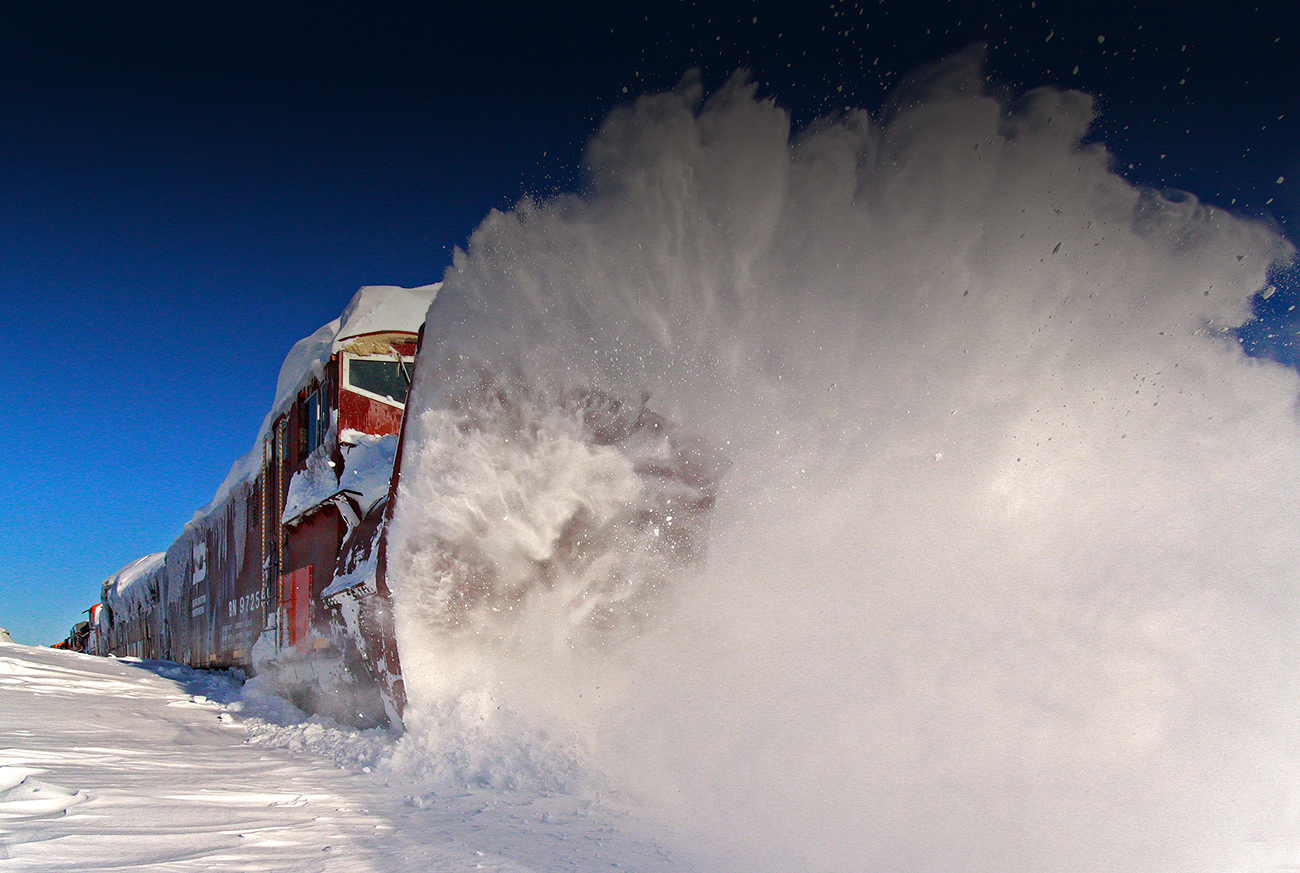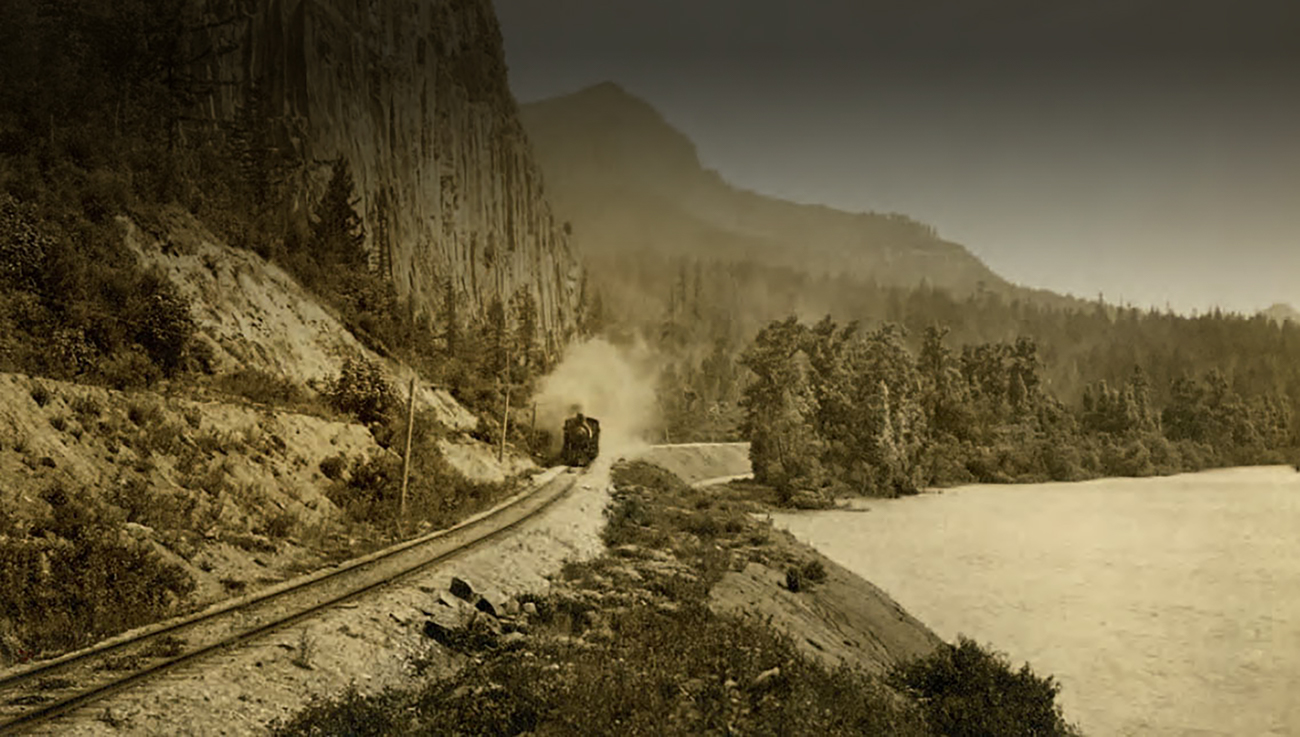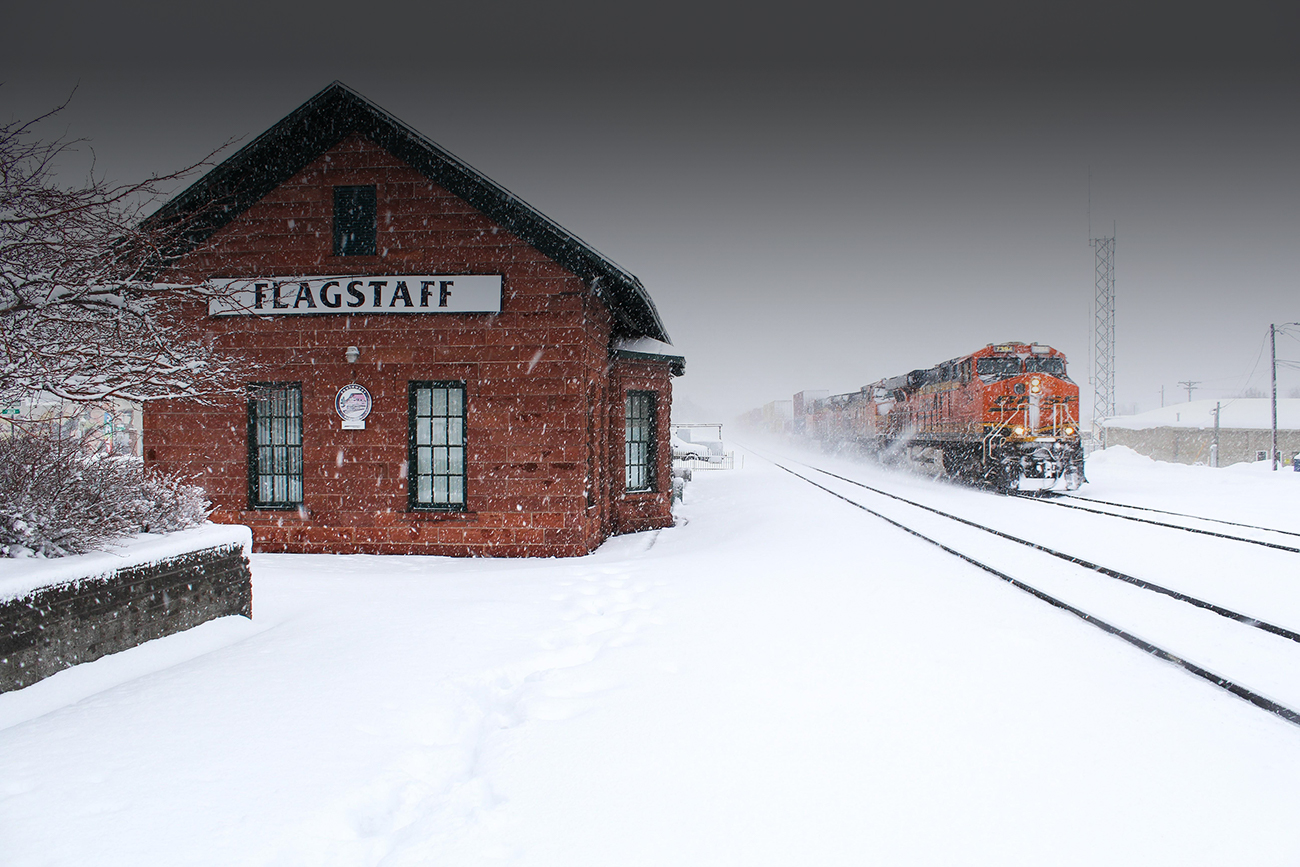
Temple: A storied Central Texas BNSF junction
In its early days, Temple, Texas was not exactly a haven, as its name might suggest. New residents nicknamed the frontier town Mudtown or Tanglefoot because of its muddy conditions and tough reputation. Founded in 1881, the Central Texas city was named for Bernard Moore Temple, the chief engineer of the Gulf, Colorado & Santa Fe Railway (GC&SF), a subsidiary of the Atchison, Topeka & Santa Fe (ATSF).
As more people and commerce came, tents and shacks were replaced by homes, schools, churches and businesses. By 1884, Temple, located about 70 miles north of Austin, had 3,000 residents, three churches and a school.
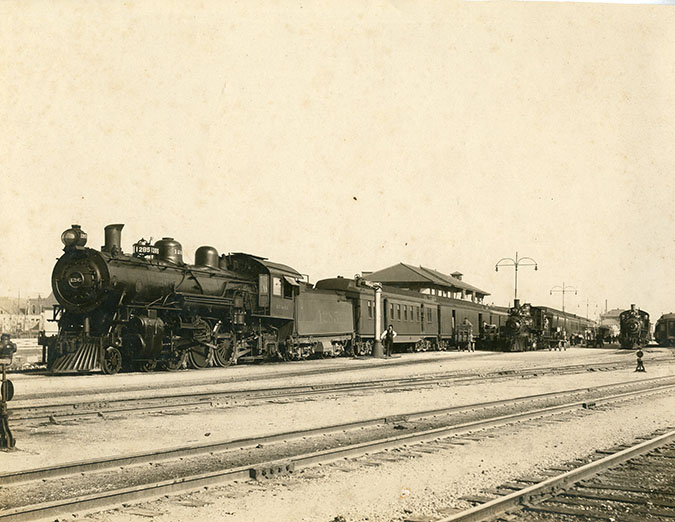
By 1897, four rail lines ran through the town, carrying passengers and freight. Two were operated by the Santa Fe, the others by a competitor. By 1908, the town boasted six cotton gins, one of its major industries.
Nearby Army post Fort Hood (now Fort Cavazos) was established in 1941, bringing more economic growth to the area. By 1960, more than 30,000 people lived in Temple. Now, that number is above 82,000 and the local economy today is based largely in medical care, manufacturing, agriculture and rail transportation.
Located at the junction of the Fort Worth, Lampasas and Galveston subdivisions on BNSF’s Red River Division, Temple is a stopping point for about 30 to 35 trains that roll through each day. About 500 BNSF employees work here, at the yard, in the rip track shop, at the fuel pad and at the locomotive shop.
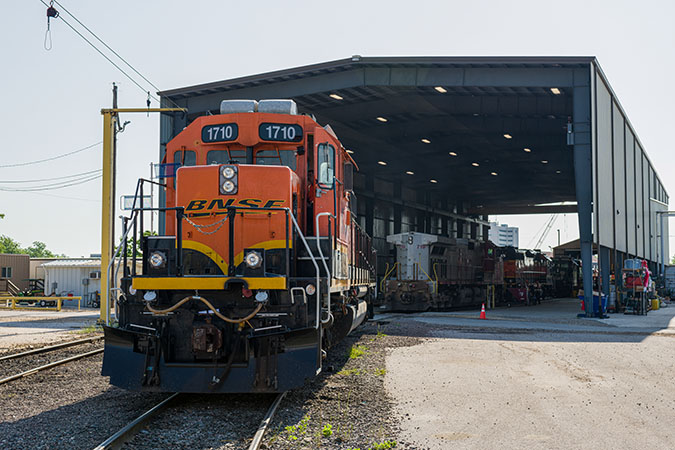
The Temple yard sees everything from grain and coal to tanks and other military equipment, with Fort Cavazos just 30 miles away. Temple is also the main supplier for locomotive power on the division. In addition, every train coming through here stops to fuel, then head in all directions: south to Beaumont and Eagle Pass, Texas; north to Fort Worth, Texas; and west toward Amarillo, Texas. Temple terminates, processes, inspects, switches and builds trains for all those outlets.
As the railroad business has grown here, so has the city. When Temple was founded, few medical facilities were available for railroad employees and their families, like many other rail towns in the Old West. Before 1891, workers needed to travel to St. Mary’s Hospital in Galveston, Texas, some 200 miles away for hospital care.
The Santa Fe Hospital was operated by the Gulf, Colorado & Santa Fe Hospital Association, formed by Galveston businessmen who owned the GC&SF. In 1889, three Temple city officials bought 10 acres, and in March 1891 deeded it to the association. Dr. Arthur C. Scott was hired as the chief surgeon in 1892, and three years later, Dr. Raleigh R. White Jr. would join him. They became full partners in 1897.
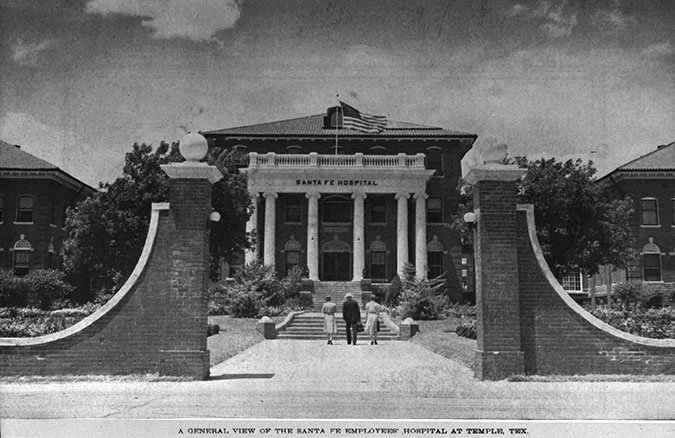
The hospital eventually became a community medical facility, and today the Scott and White Hospital and Clinic is Temple’s largest employer.
Beyond the medical center’s newer buildings lies the historic downtown, with local shops and businesses as well as the original Santa Fe Depot, built in 1910 and still next to BNSF’s yard but no longer owned by BNSF.
The lobby of the depot was restored and now welcomes people to the Amtrak station as well as to the Temple Railroad and Heritage Museum located upstairs. The museum’s collection of railroad equipment is also displayed on the grounds, including three locomotives, railroad passenger cars and cabooses on static display. From dishes and a chef’s uniform to vintage derail equipment and light signals, the museum covers every aspect of life in an 1880s railroad town.
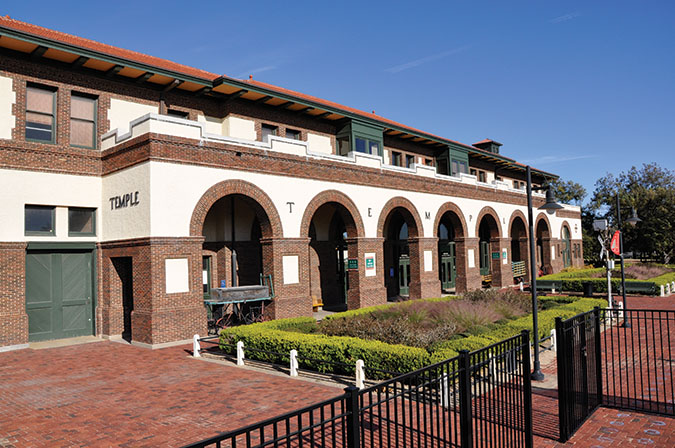
“We are so proud of the rich heritage shared by BNSF and the city of Temple, and we are grateful for the partnership that continues today,” said Lindsay Mullins, executive director of public affairs. “Temple plays a vital role in the BNSF network and the national supply chain.”
